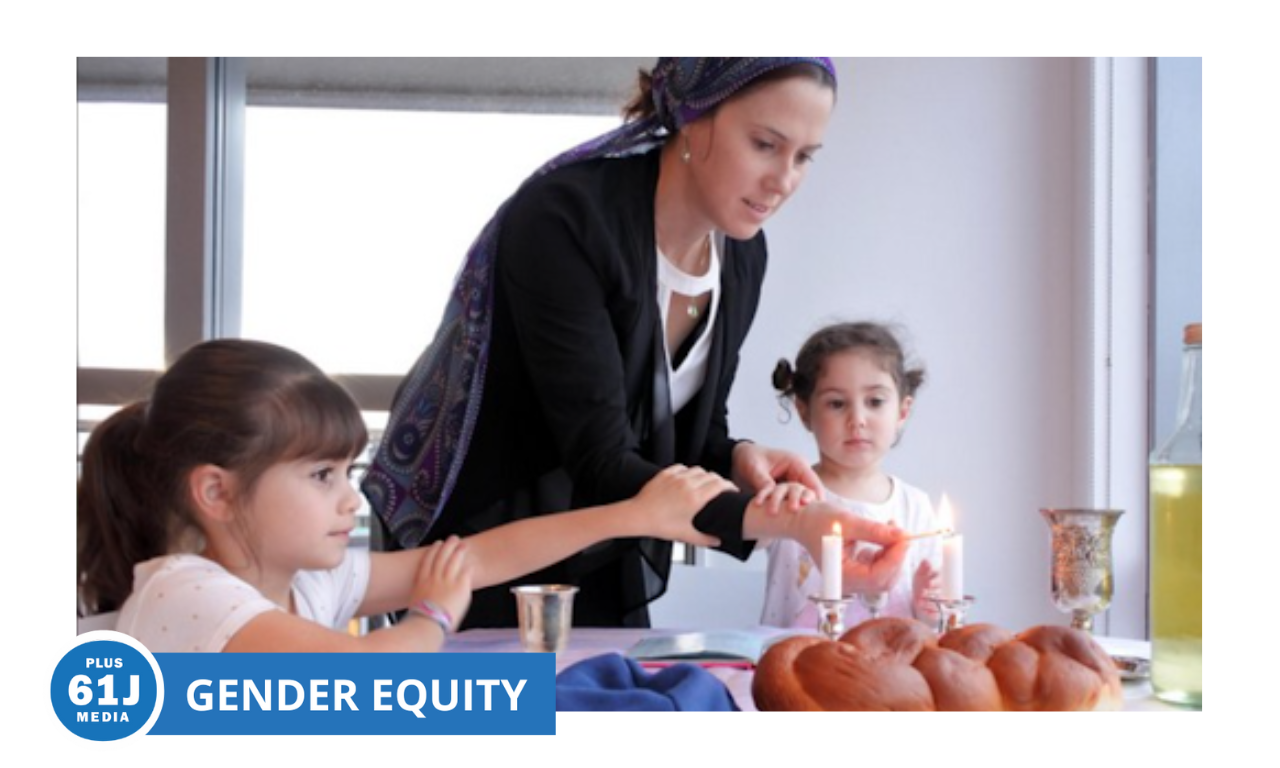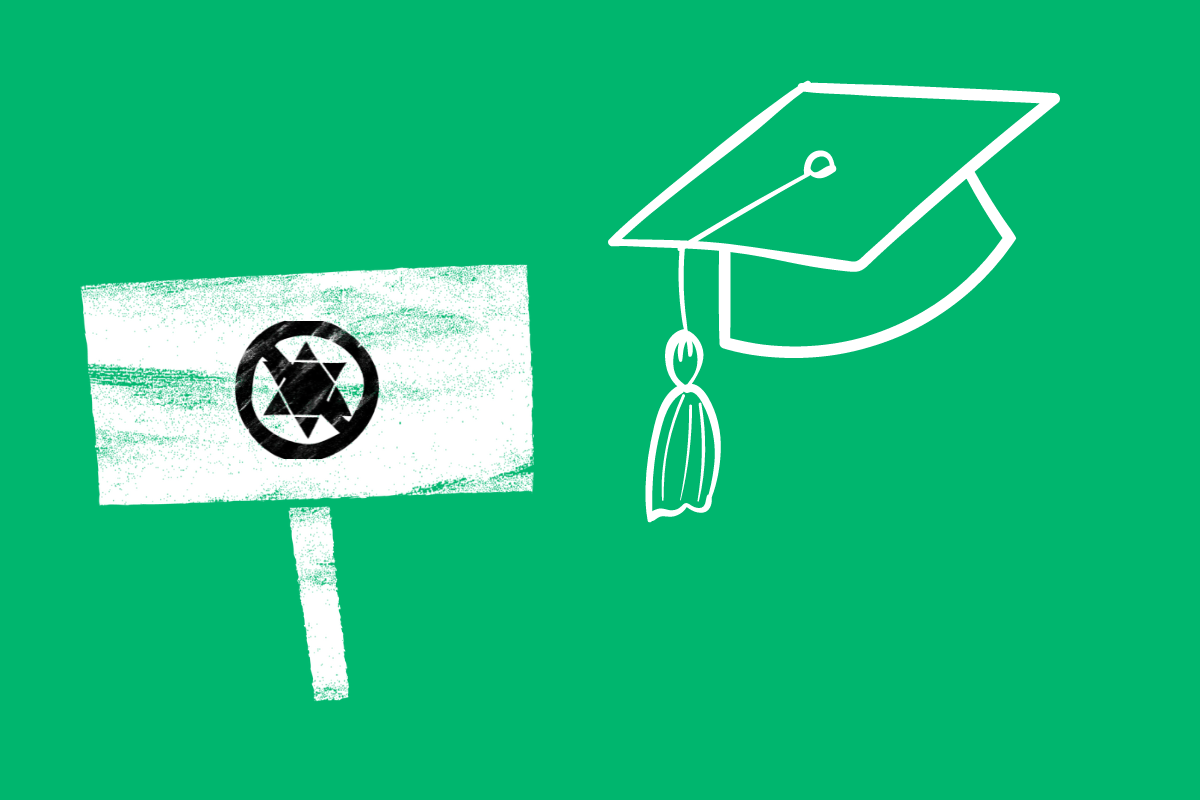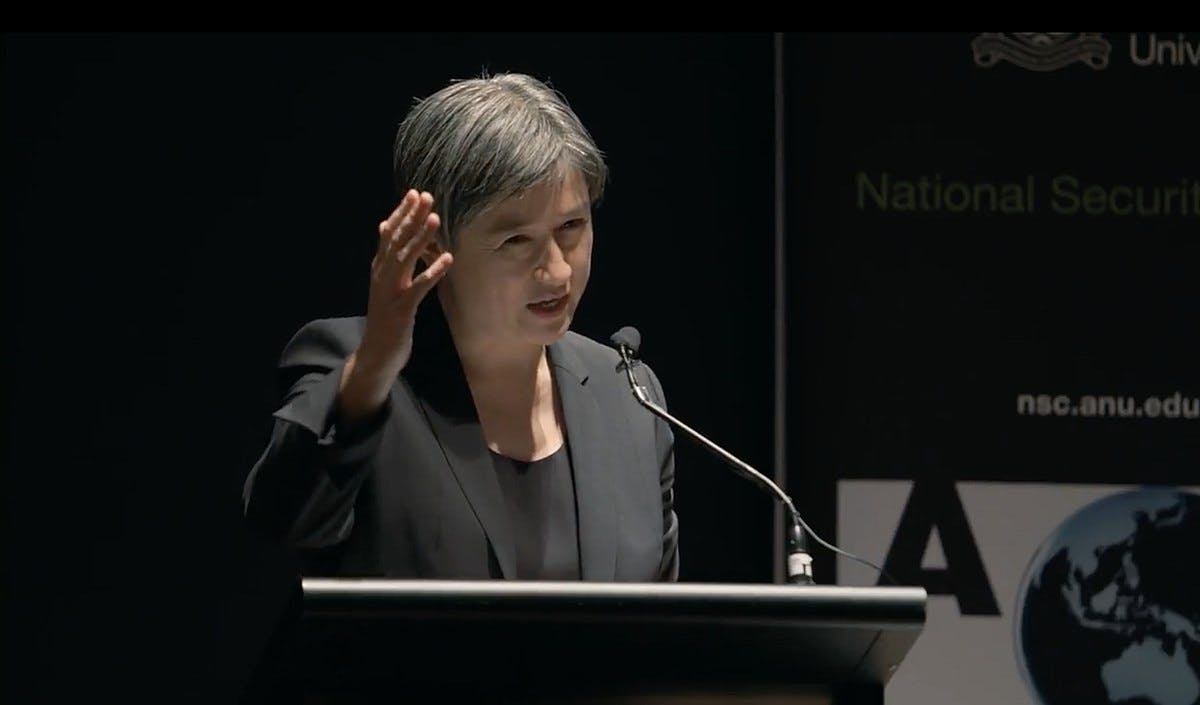Published: 6 September 2022
Last updated: 5 March 2024
To move towards gender equity in leadership, Jewish bodies must acknowledge and address the unequal responsibility women take in creating Jewish homes, writes ELANA BENJAMIN.
One of the questions for discussion at last week’s Social Justice Summit was why there were so few women in formal leadership positions in the Jewish community. Indeed, most Jewish communal organisations are comprised of mostly male boards, with male CEOs. But we cannot discuss women’s roles in the public sphere without also having conversations about what takes place in the private sphere – in Jewish homes.
Specifically, if I’m going to be the next president of the Jewish Board of Deputies, or a board member of my child’s day school or the Sydney Jewish Museum, then who’s looking after the kids while I’m out in the world? Who's doing the grocery shopping, the cooking, the laundry, the gazillion other jobs that it takes to run a household?
Of course, these questions are not unique to Jewish families. But for Jewish women, the bar is set high because of the central role that women traditionally play in family and cultural life
In Hebrew, a Jewish wife and mother is called akeret habayit, which literally means the “mainstay” of the home; it is the woman who largely determines her entire home’s character and atmosphere. A central part of making a Jewish home is celebrating Shabbat. So, when a Jewish couple discuss the division of labour in their home, there’s another question to ask: who’s going to make Shabbat each week?
Here, I’m not necessarily referring to the strict observance of Shabbat, but to the broader concept of bringing families together every Friday for a meal (although keeping Shabbat involves even more domestic labour).
When I was growing up, my parents, brother and I had dinner together every Friday night. I had Holly Hobbie crockery especially for Shabbat, there was always delicious food (like the shorba Mum made in winter; a hearty Iraqi soup made with chicken, tomato, rice and spices) and Dad used to make me a drink with cherry brandy and lemonade, that I was never allowed during the week.
We cannot discuss women’s roles in the public sphere without also having conversations about what takes place in the private sphere – in Jewish homes.
I loved the togetherness and the treats and the familiar ritual. But it was my Mum who made Shabbat. My Dad pretty much came home in time to eat with us. But replicating that model doesn’t work for me, now that I’m a mother.
I’ve learned that as much as I loved my childhood Friday nights, being a kid – where Shabbat materialises for you with little involvement – is very different to being the person responsible for making Shabbat. In my home, my husband, our children and I have Friday night dinner together each week.
But over the years, preparing for Shabbat has become a source of tension between me and my husband. As much as I want to recreate the warm Friday night feelings of my youth, I also want an equal marriage. My husband and I both have university degrees, we both work (although I’m part-time and he's full-time), and as the demands of work and family increased, I began to resent preparing for Shabbat.
Years ago, when my children – now 17 and 13 – were younger, and I was looking for some day-of-rest-related inspiration, I bought a book online called The Modern Jewish Mom’s Guide to Shabbat. It’s subtitled: Connect and celebrate – bring your family together with the Friday night meal.
At the time, I didn’t question that the title is directed only at mothers (admittedly, it was published in 2007 but a Google search confirms there’s no updated edition pitched at both parents).
Yet now, it seems to me this book is symptomatic of a wider issue: we may be modern Jewish mums, well-educated and in paid employment, but the onus is still on us to make Shabbat.
Contemporary Jewish women are facing relentless responsibility, and many of us are overwhelmed and exhausted by the endless demands of children, work and domesticity. Of course we’re capable of making massive contributions in our community.
If I’m going to be a board member of my child’s day school, who’s looking after the kids while I’m out in the world? Who's doing the gazillion jobs that it takes to run a household?
But if we’re going to take on formal leadership positions in Jewish organisations – which take up significant amounts of time and are often unpaid – then someone is going to have to take over the roles we traditionally hold at home, including bringing families together for a Shabbat meal. As any woman who has negotiated the splitting of childcare and domestic duties with her partner knows, however, this is not easy.
Sure, even small things help free up women’s time, such as dads nominating themselves to be their kids’ school and class-list contact, to manage the barrage of emails and texts; play dates and party invites. (Note to self and other mothers: let go of your concern that your partner won’t do the job as well as you).
Outsourcing the cleaning, cooking and childcare is ideal, but it’s not financially viable for most families, certainly not on a scale that allows real equality at home. And, as many women find, they’re still the ones who carry the burden of masterminding the outsourcing schedule. (Also, if it’s only the women who can afford to outsource who take up leadership positions, then our female leaders will be from a similar socio-economic cohort, creating a lack of diversity.) The truth is, meaningful, sustained, change requires shifts at an institutional level.
To move towards gender equity in leadership, Jewish communal organisations must acknowledge the centuries-old insistence that it’s the Jewish woman who “makes the home” – including Shabbat and chagim. They need to recognise and address the pressures that Jewish women face every day, as we attempt to meet competing demands on our time. In the short-term, quotas will help women move into, for example, board positions, and targets for women in senior leadership are also necessary.
The current leadership, with its concentration of high socio-economic, Ashkenazi, heterosexual males is incredibly homogeneous. The challenge is how to change these structures.
Creche care or creating environments where young mothers can bring babies to board meeting would also help women’s participation, as would providing an option for meetings to be held via Zoom. Some lateral thinking will also be required, like perhaps supporting working couples by offering leadership roles as a job-share arrangement, allowing spouses to cover for each other at home while the other is attending to communal responsibilities.
It’s well-established that diverse leadership and multiple perspectives benefit organisations. Yet the current leadership of our community, with its concentration of high socio-economic, Ashkenazi, heterosexual males is incredibly homogeneous.
The challenge ahead for Jewish communal institutions is how to change these structures, so that women’s voices from across our community – Orthodox and Reform, Sephardi and Ashkenazi, heterosexual and LGBTQI, neurotypical and neurodiverse – can be heard beyond our kitchens and Shabbat tables.
This is an expanded version of a speech given at the 2022 Jewish Social Justice Summit.




